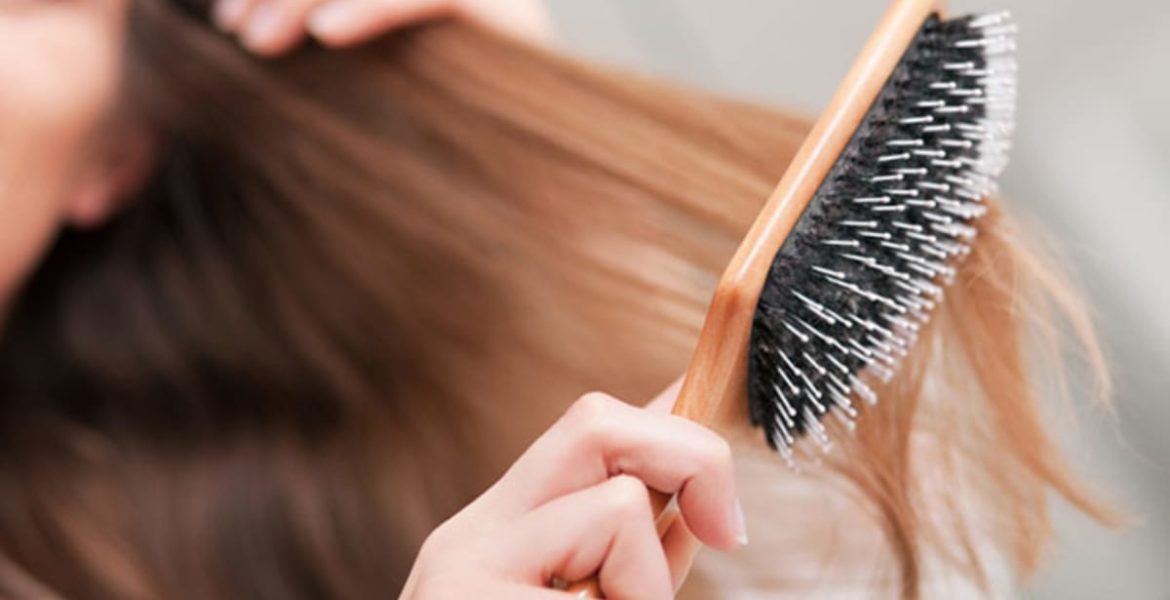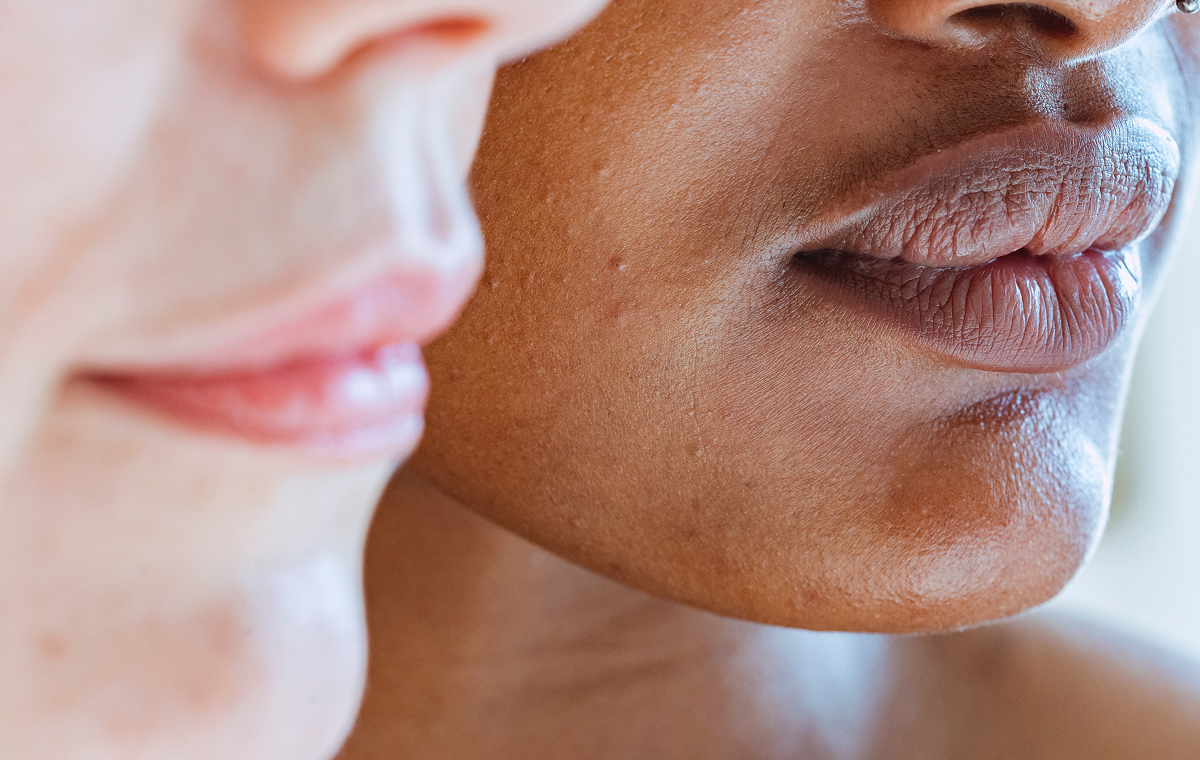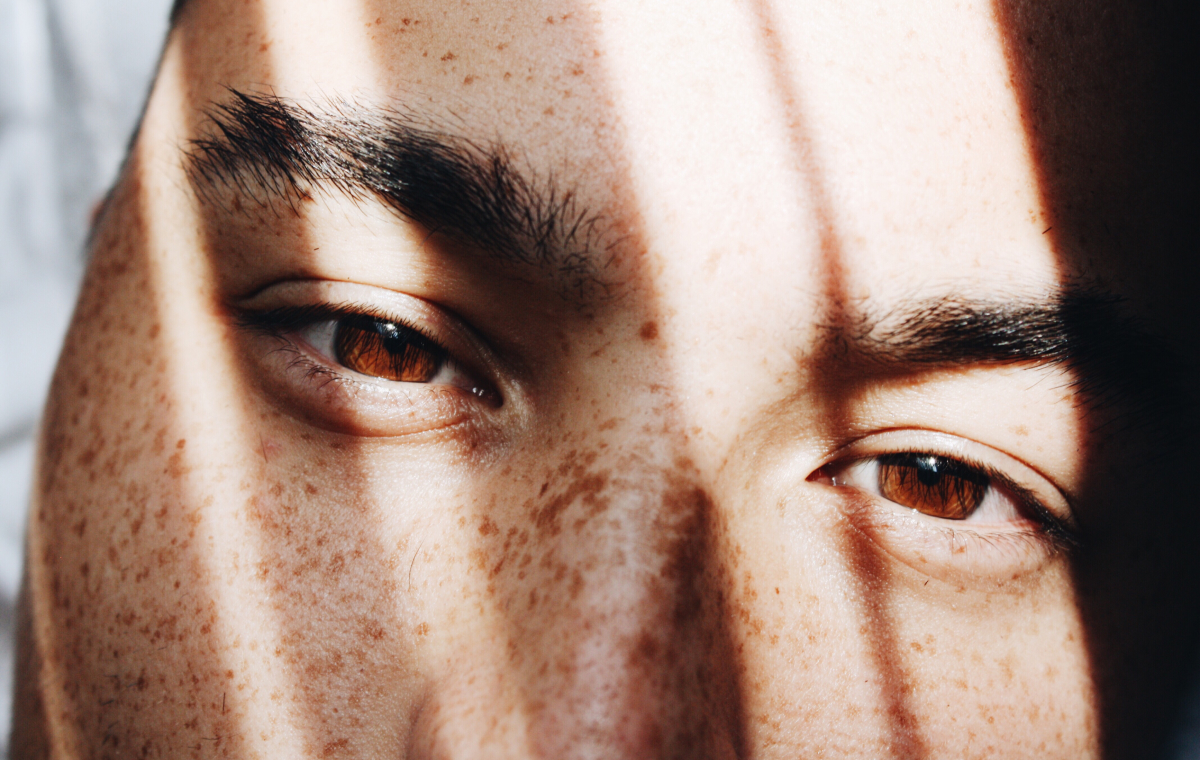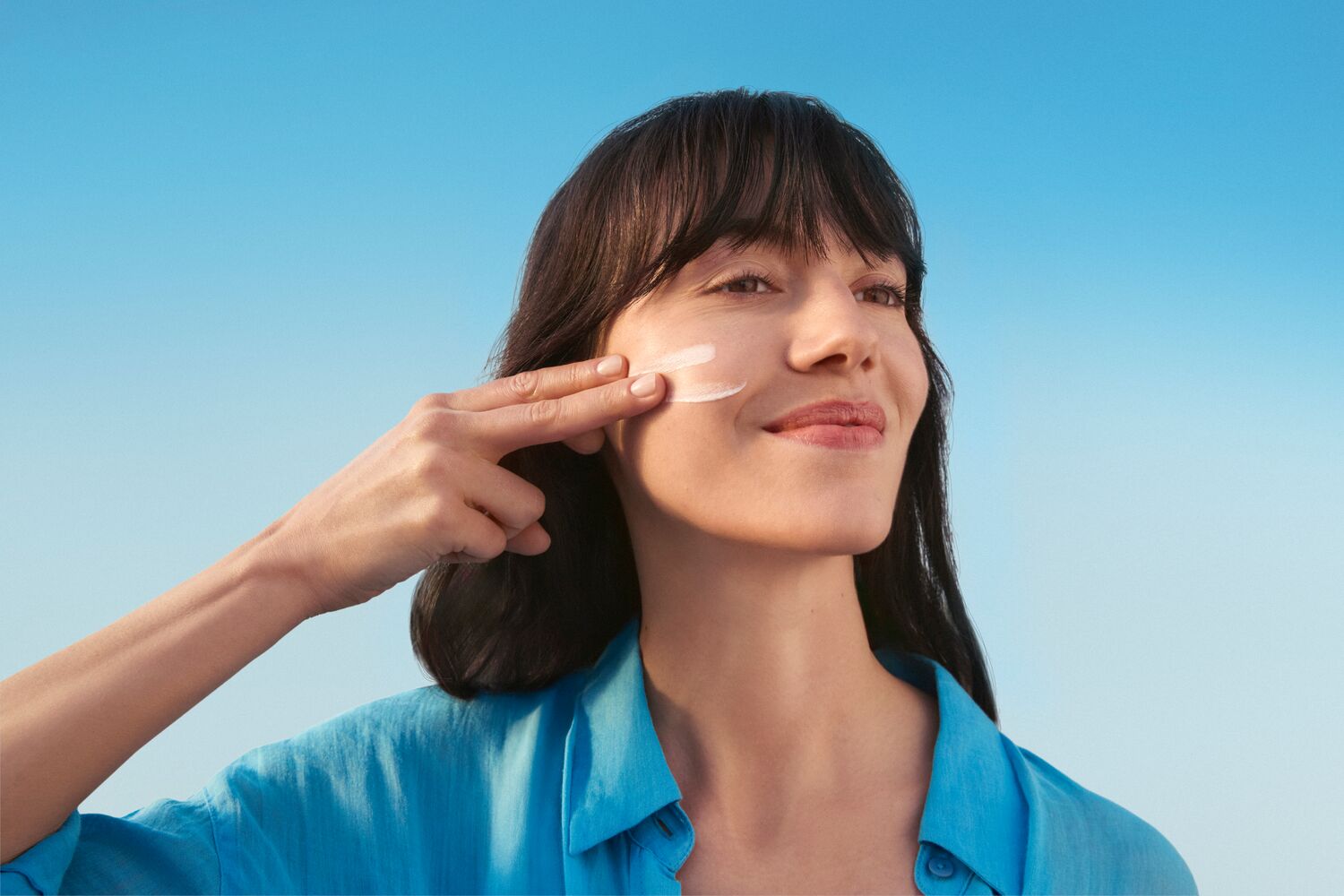Our hair is part of who we are, and how we perceive ourselves – so hair loss can often greatly affect our self-esteem and confidence.
There are many reasons why hair falls out, so hair loss is not so simply classified, as there are many different types and causes behind it. The medical term for hair loss is ‘alopecia’, and it can be temporary, or permanent. It is also not just limited to the scalp – facial hair or bodily hair can be affected, too.
Many believe that alopecia is something which mostly happens to men, but this isn’t true. Alopecia in women is also common, and hair loss affects people of all ages and ethnicities. No matter who experiences it, hair loss can be frustrating and have a significant impact on self-esteem, self-image and overall quality of life, so it’s important to understand the reasons behind why hair falls out to help try and minimize the loss whenever possible.
Table of Contents
What types of hair loss are there?
On average, we lose between 50 and 100 hairs from our heads every day (depending on our sex. age, and underlying health conditions), so seeing hair fall out when you brush your hair or wash it might not be cause for concern. Most of these hairs will come back in the cycle of normal hair growth. When the number of hairs lost becomes greater than the number of new hairs, thinning, and eventually balding, may occur. Of course, you’re not going to count how many hairs you’ve lost in a single day, so knowing what the different types of alopecia are, and what some of their signs are may help you to understand hair loss.
There are over 100 different types of alopecia, but it’s important to remember that most forms of hair loss can be treated. Let’s take a look at some of the most common forms affecting hair loss in both men and women.
Telogen effluvium
Hair grows in different phases, referred to as anagen, catagen and telogen. Anagen is the growing phase, while catagen phase signals the end of the active period of growth. Finally, in telogen phase, the old hair rests while a new one grows in its place, and the old hair consequently sheds. Normally, at any time, 90 % of your hair is in the anagen phase and only about 10% is in the telogen phase, but in telogen effluvium, this rises to 30% of your hair or more – meaning increased shedding.
Telogen effluvium generally occurs because of a disturbance to the regular hair cycle. This could be triggered by many things, such as illness, poor diet, stress, certain medicinal products or trauma. Hair loss typically occurs about 3-4 months after the stressful event. Once the hair cycle returns to normal, then the hair will usually start growing back.
Women with telogen effluvium more commonly visit their dermatologist to check the reason behind their hair loss – but that doesn’t mean that men don’t experience it either. Telogen effluvium can affect all age groups, and occurs in both sexes equally. Those with telogen effluvium usually notice that they are losing hair more frequently – for example, when brushing, or by seeing an increase of hairs on the pillow when they wake up in the morning.

Androgenic alopecia
This type of alopecia is often referred to as male/female pattern hair loss. It affects an estimated 50 million men and 30 million women in the United States. Androgenic alopecia is understood to be a combination of genetic and hormonal causes.
Androgenetic alopecia in men
In men, the hair typically thins in an ‘m’ shaped pattern, first thinning at the temples and the crown of the head – a receding hairline. In some men, the hairline will continue to recede until most or all of the hair is gone. This loss can start as early as puberty, though it is more commonly experienced in adulthood. By age 50, an estimated 30-50% of men will have developed androgenetic alopecia, rising to over 80% by the age of 70.
Androgenic alopecia in women
This type of hair loss can develop in women any time after the onset of puberty, though usually it begins to present in a woman’s reproductive years. hair loss due to androgenic alopecia differs from male pattern baldness in that it usually does not lead to complete hair loss. Hair becomes thinner (more sparse) all over the head, especially over the top and front scalp, though the frontal hairline is rarely affected. This change in hair density isn’t always easy to spot, as it may appear to be normal at first. However, you may notice your hair doesn’t grow as long as it once did, or your ponytail isn’t as thick as it once was when gathering your hair.
Alopecia areata
Alopecia areata is a disorder which causes hair to fall out in patches, either on the head or on the body, which has a considerable impact on people’s quality of life. It is an autoimmune condition, in which the body’s immune system mistakenly attacks the hair follicles. This autoimmune reaction causes hair loss, though it’s not clear why this happens. This type of alopecia affects both sexes across all age groups and ethnicities.
Hair loss in alopecia areata typically starts out with small bald patches on the scalp, which are often round and smooth. This patchy hair loss can continue, and in some cases can result in complete hair loss (alopecia totalis) – though this is uncommon.
In alopecia areata, hair loss is not always permanent. Because the hair follicles are not destroyed, hair can grow back again, usually over a period of months or longer. While alopecia areata cannot be cured, treatment can help the hair to grow back more quickly.
Less common forms of alopecia
Scarring alopecia
Otherwise known as cicatricial alopecia, scarring alopecia refers to a group of diseases which destroy the hair follicles. The follicles are then replaced with scar tissue, so the hair cannot grow back. While it sounds like this type of alopecia leaves scars on the skin, the inflammation usually takes place in the hair follicle, below the skin’s surface. Scarring alopecia is permanent, as the hair follicle cannot regrow.
Traction alopecia
This type of hair loss occurs more frequently in women, and sometimes in children, as traction alopecia is usually experienced due to prolonged and repetitive pulling of the hair shaft. Certain hairstyles can create tension, such as tight ponytails, bun hairstyles (like ballerinas wear), hair extensions, and bobby pins, which might be used to secure on caps. In turn, this can destroy the hair follicles – just as in scarring alopecia. New hair can therefore not grow, and bald patches form on the scalp. This type of hair loss normally happens on the front part of the scalp or on the sides (the temporal scalp).

When to visit your dermatologist for hair loss
As it’s normal to lose some hair every day – you’ll see it fall out as it washes down the drain, or as you brush your hair – it can be difficult to decide when you should visit your doctor. You know your hair better than anybody, so it’s best to get it checked out if you notice anything abnormal, including:
- Sudden hair loss
- The development of bald patches
- Clumps of hair coming out
- Presence of abnormal hairs (broken, deformed)
- Signs of inflammation on the scalp in areas of hair loss
If you’re worried about hair loss, visit your dermatologist for more information.
Read more: the top 7 causes of hair loss
Sources and references:
M. Semalty, A. Semalty, G.P. Joshi, M.S.M. Rawat. Hair growth and rejuvenation: an overview. In Journal of Dermatological Treatment (2011).
Malkud, S. Telogen Effluvium: A Review. In Journal of Clinical and Diagnostic Research (2015) v. 9(9); WE01-WE03
Price, VH. Androgenetic Alopecia in Women. In Journal of Investigative Dermatology Symposium Proceedings (2003); Vol. 8: 24-27
Springer, K., Brown, M., Stulberg, DL. Common Hair Loss Disorders. In American Family Physician (2003), 1;68(19):93-102.
Cranwell, WC., Sinclair, R. Male Androgenetic Alopecia. Endotext [Internet], last updated Feb 2016.
Müller, PR., Amante, HM. Female Pattern Hair Loss: a clinical and pathophysiological review. In Anais Brasileiros de Dermatologia (2015); 90(4):529-43.
Dinh, QQ., Sinclair, R. Female pattern hair loss: Current treatment concepts. In Clinical Interventions in Aging (2007), 2(2): 189-199.
Abedini, R. et al. Quality of life in mild and severe alopecia areata patients. In International Journal of Women’s Dermatology (2018); 4(2): 91-94
Strazzulla L.C. et al. Alopecia areata: Disease characteristics, clinical evaluation, and new perspectives on pathogenesis. In The American Journal of Dermatology, January 2018, Vol. 78 Is. 1:1-12.
Filbrandt, R. Rufaut, N. Jones, L., Sinclair, R. Primary cicatrial alopecia: diagnosis and treatment. In CMAJ (2013); 185(18): 1579-1585
Billero, V. Miteva, M. Traction alopecia: the root of the problem. In Clinical, Cosmetic and Investigational Dermatology (2018); 11: 149-149
The British Association of Dermatologists
The U.S. National Library of Medicine: Genetics Home Reference
The American Academy of Dermatologists












